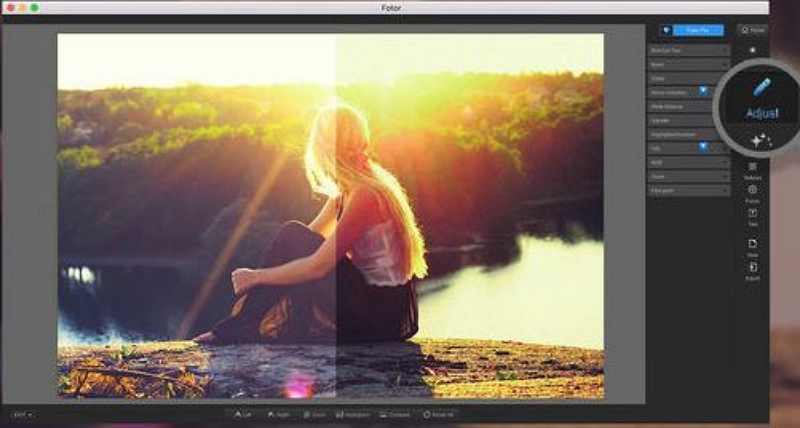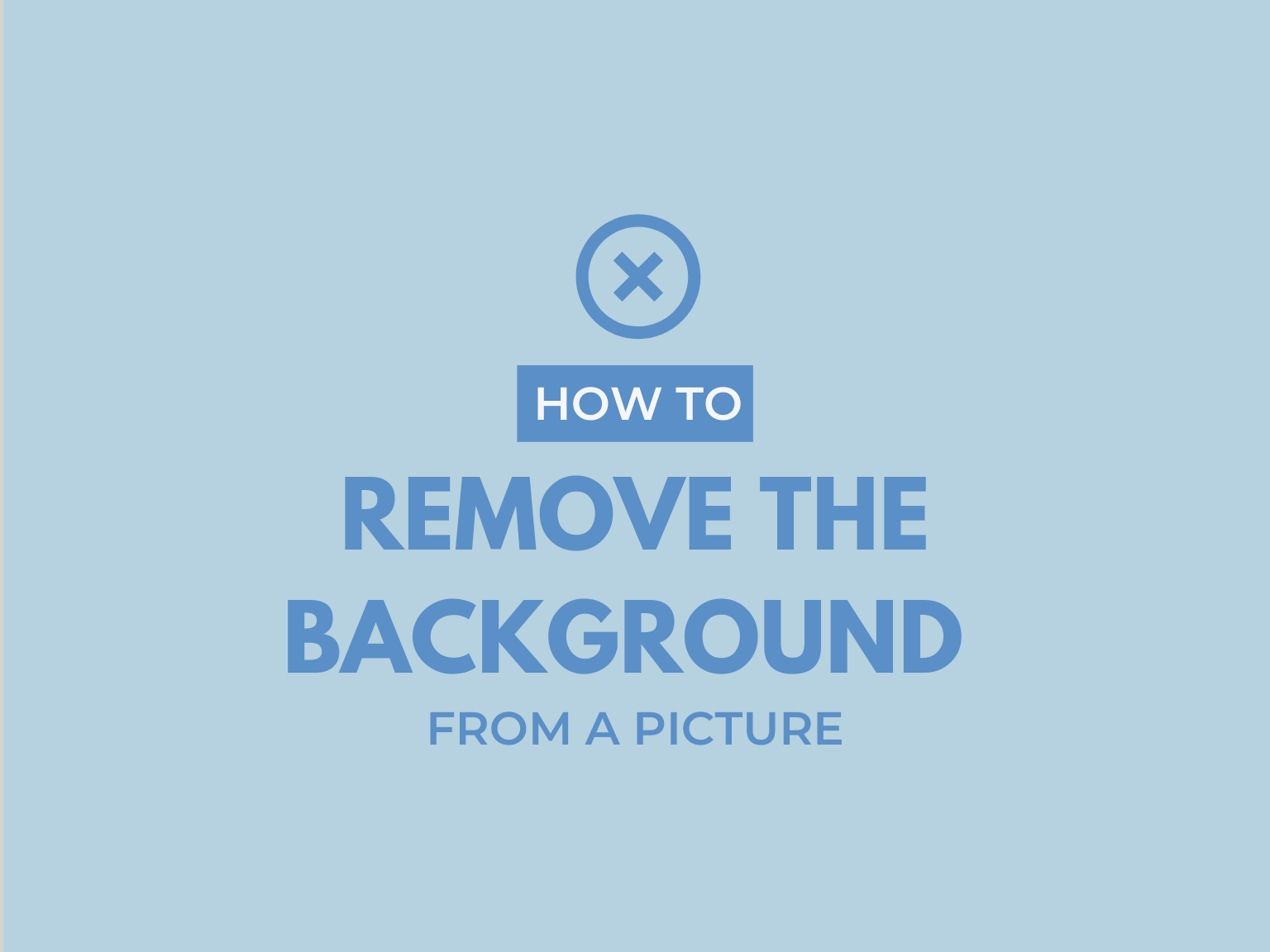

The area inside the mask is what would be removed when you use Ctrl + X to cut out the image. In the Feather dialog box, click the Preview icon to see what the results will look like. Adding a small amount of Inside feather will soften the edges to help it blend better. Once your mask selection is complete to your liking, you can adjust the mask border by going to Mask > Mask Outline > Feather. TIP: hold down the Alt key while dragging with your mouse key to resize the nib as you are working. If you accidentally select any parts of the background, switch to Subtractive mode or hold down the Ctrl key while clicking and dragging to remove them. To add any bits that weren’t included, switch to Additive mode on the Property Bar, or hold down the Shift key while clicking or dragging with your mouse. and when you release your mouse button, the mask area will expand to select just about the entire tiger. To define the initial area, click and drag your mouse within the tiger. Once you activate the Smart Selection Mask tool, there will be some options available on the interactive Property Bar along the top.Ĭlick on the Normal mode button and adjust the Nib size if desired. There are a number of different mask tools but for this example we are using the Smart Selection Mask, which is new in PHOTO-PAINT 2020. So in the Objects docker, click the Create Object from Background icon to make the background into an object. When you open an image in PHOTO-PAINT it will be a background layer and some editing tools can’t be applied to backgrounds. Use the Pick tool to resize and reposition the new background image and cutout as needed.įor the second example, we want to cut out the tiger in this photo and place it on a new background. In the Objects docker, drag the imported photo (called Background 2) below the Object 1 cutout layer. To add a new background, use File > Import to bring in the background image. Click the Eye icon to hide the background. In this example we chose Cutout and original image, so now in the Objects docker there are two objects: Object 1 which is the cutout, and Background which is the original photo. The clip mask is attached to the original image and can viewed in the Objects docker.Īfter you have selected the Cutout results option you want, click OK.

Cutout creates an object from your cutout and discards the original image.Once you have finalized your cutout, you can choose the Cutout results: This is a quicker way to switch between adding and removing detail from your cutout. TIP: If you have the Add Detail tool activated, using your right mouse button will switch to the Remove Detail tool, and vice versa. You can adjust the Nib Size of the tool and use it to refine your cutout to add or remove any bits.

Once you have clicked on the Preview button, the Add Detail and Remove Detail tools become available at the top of the window. From the Background dropdown list, you can choose to add a Grayscale, Black matte or White matte background, which can make it easier to see the cutout results. You can click the Preview button to check the results so far and zoom in to see more detail. Activate the Inside Fill tool and click inside the area you traced. The Highlighter tool is active by default, and you can adjust the settings for Nib Size, Highlight Color and Fill Color.Īfter tracing a closed loop, the next step is to choose which area to keep – inside or outside the highlighted area. When using the Cutout Lab, the first step is to trace around the area you want to keep. In our first example, we want to put the dog’s face on a different background image, so we need to remove everything else. This tutorial will demonstrate two methods for removing the background of a photo: the Cutout Lab and the Smart Selection mask tool.Ĭlick on any of the images to view full-size.


 0 kommentar(er)
0 kommentar(er)
